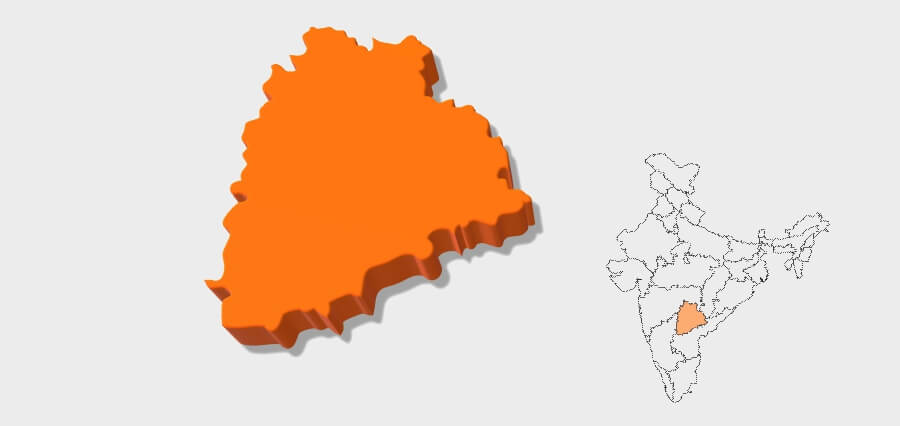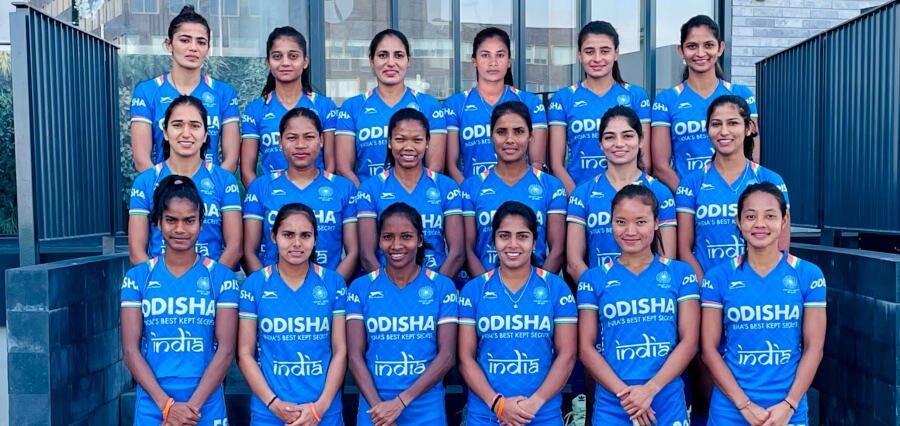Alleys to the Olympics!
2024 has been a great year for Indian athletes and the sports sector as we have won 6 medals in the Olympics. Indeed it is a shining and proud moment for the country. However, considering the population of a country with a strong cultural heritage, diverse traditions, and an ever-growing economy, our contribution to international and global sports remains meagre. Moreover, in comparison to other countries in the world, India is still lagging in terms of sports. Cricket remains the favourite sport of Indians, whereas other sports struggle to gather momentum or receive the needed institutional support. The future will be sport-inspired only if the nation focuses on building better infrastructure, grassroots talent, corporate partnerships, and more importantly, changing cultural attitudes towards physical activity and sports.
-
Investment in Sports Infrastructure
The most glaring need for the development of sports in India is world-class infrastructure. Currently, the sports facilities in the country are limited and poorly distributed. These were majorly dominated by metropolitan cities where most top-tier facilities find locations for their headquarters. The facility also witnessed underrepresentation in smaller towns and rural areas. Thus, to build a future inspired by sport, there would be a need for proper funding to build and upgrade existing sports facilities across the different regions of India. This means constructing modern stadiums, centres for training, and various academies but also keeping them accessible to schools, local communities, and different rural establishments across Indian counties. In addition, it should be multipurpose structures that can be used for athletics football, hockey, tennis, and more such sports.
- Grass Root Development and Talent Identification
India has a large youth population and tapping into that population for sports requires shifting the attention towards grassroots development. The sports ecosystem in the country cannot continuously spot and nurture young talent at an early stage, other than the occasional success stories, such as Sachin Tendulkar in cricket or PV Sindhu in badminton. Schools and local clubs should be encouraged to develop sports programs for diverse disciplines other than cricket or football alone.
This will involve collaborations with global sports academies and scouting programs, which will help the young athletes specialize in their sport and be exposed to international standards. The state and central governments can further support these programs by providing scholarships, grants, and mentorships to promising athletes for access to the resources needed to excel.
- Cultural Shifts and National Awareness
India should have cultural change wherein sports and games are given higher significance, so it would not have ever been possible if not because of the significance put on success in academics and professions. Children were thus not attracted to playing games and sometimes even discouraged from becoming professionals in that regard. A comprehensive public awareness campaign would make people realize that these things are beneficial for physical health, mental health, discipline, and teamwork. Sporting achievements celebrated at the national level and not just in cricket, across various sports, will also inspire the next generation.
Role models in the form of successful athletes, who bring victories in international competitions like that of Neeraj Chopra in the javelin throw for India, thus portray how a passion for sports leads to pride both personally and nationally. The display of more diversified sporting achievements from India will create an attitude where sports is not just another hobby but a professional endeavour for budding talent.
- Public-Private Partnerships and Sponsorships
Though the government programs provide the framework, there is a great need for private sector engagement in India to create a sport-driven future. Sponsorship, corporate partnerships, and business associations are crucial areas that help fill funding gaps in the development of sports. Leagues, grassroots, and sponsorship athletes can be sponsored by companies in exchange for financial support and resources towards the cause. This is especially seen in cases of leagues like the IPL in cricket and the Pro Kabaddi League. Corporate partnerships can transform sports from a pure definition to a commercialized and media-crafted event, thus attracting more investments and popularity.
In contrast, multinationals and local businesses can establish foundations that support funding for disadvantaged athletes or researching sports science and nutrition so that Indian athletes can compete at the international level.
This has also demanded sport-oriented aspects in its policies. However, the gender divide is highly required to make it possible on a grand level. Women being so unheard of and far from men in terms of sports until recent times has brought a positive effect. Known Indian female athlete names and faces that we hear quite often these days are from – Mary Kom, Saina Nehwal, and Mithali Raj, overcoming several stereotypes, finally making themselves sound audible to the global world as well. Encouraging more girls to participate in sports at a young age and equal opportunities for training, sponsorship, and competition will help build a more inclusive sports ecosystem. India can look toward the U.S. and Australia as examples, as both of these countries have strong women’s sports leagues and initiatives empowering female athletes.
Conclusion
Building a sport-inspired future for India is not merely about developing champions but a healthier, more active, and motivated society. To achieve this vision, emphasis would be placed on building sports infrastructure, scouting for talent, grooming talent from young ages, cultivating a national culture of sport, fostering robust public-private partnerships, and promoting gender equity. These measures can make the nation a superpower in sports in the global sphere and inspire future generations with this strength of sport for their growth, both individually and collectively.





